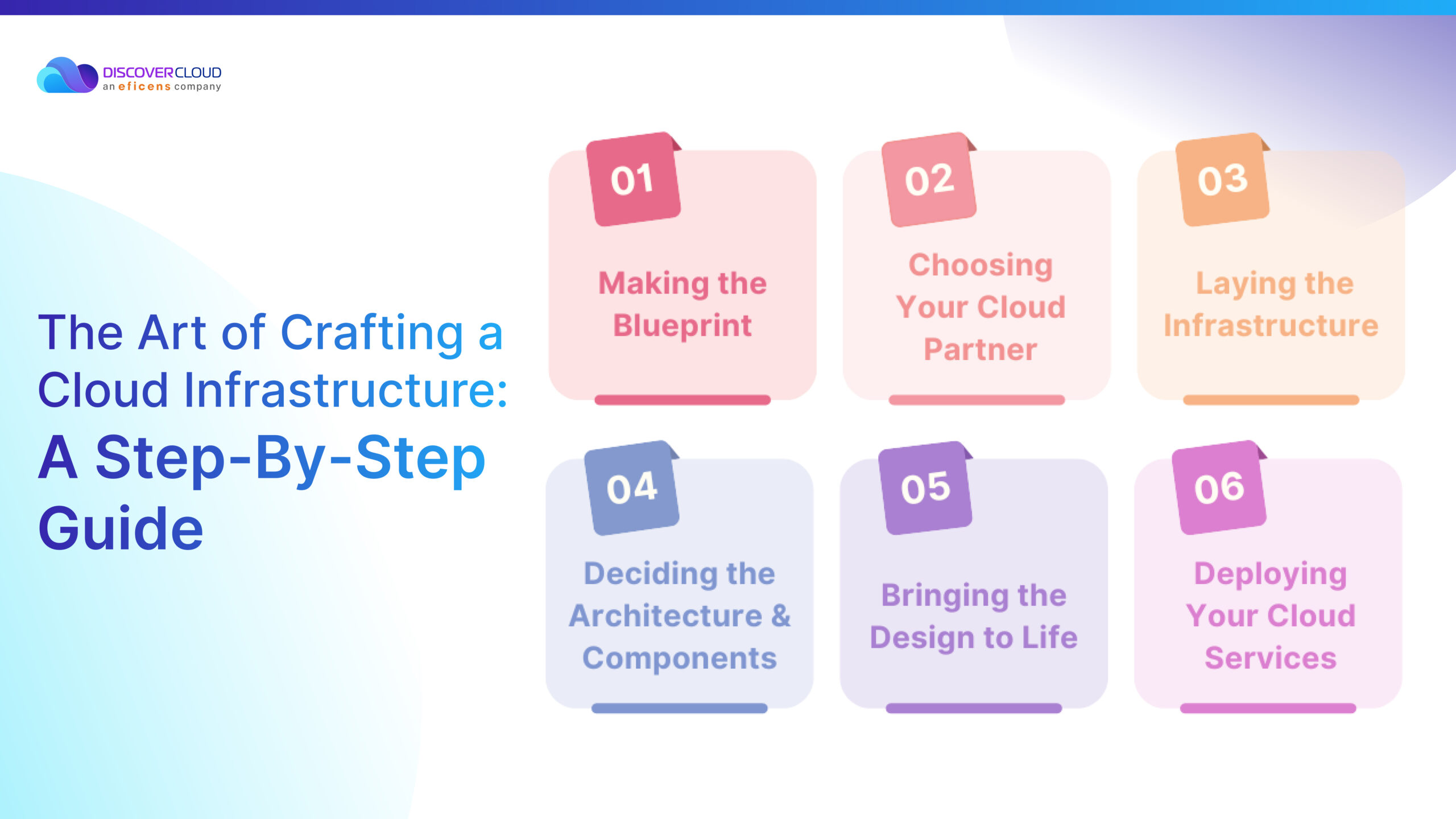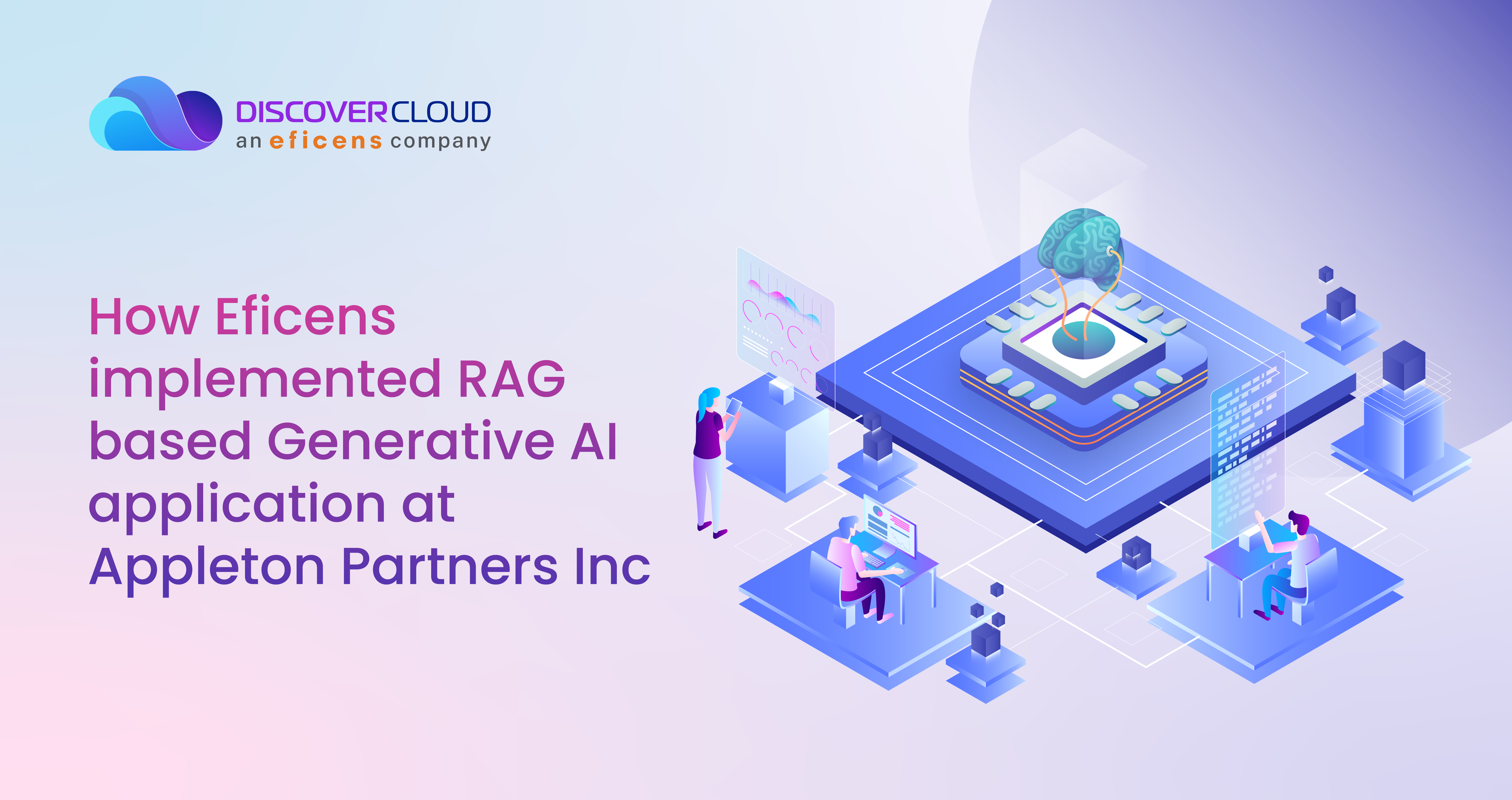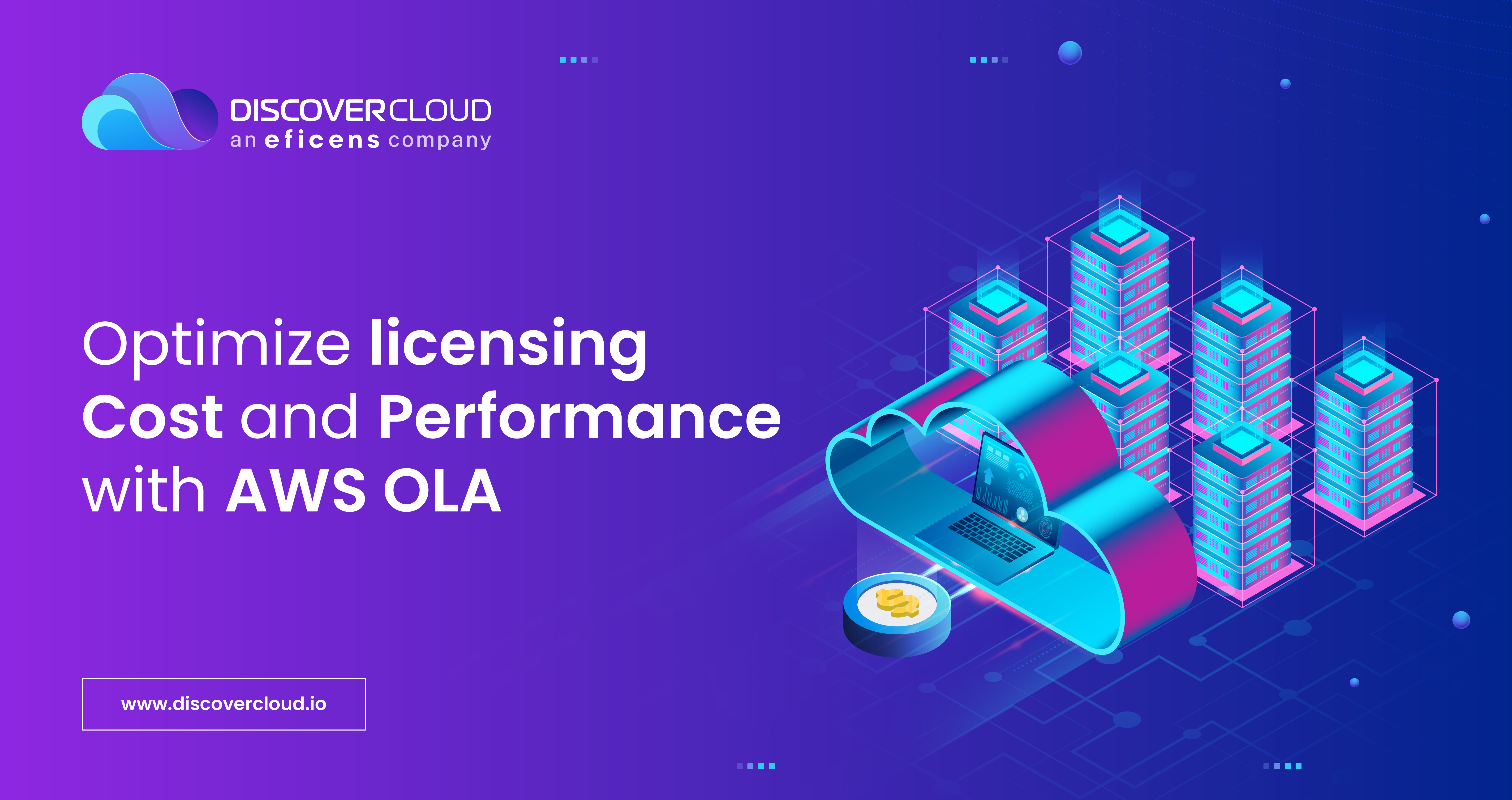- What exactly is Cloud Infrastructure Management?
- Why Cloud Infrastructure Management Is Vital?
- The Art of Crafting a Cloud Infrastructure: A Step-by-Step Guide
- Implementing Cloud Infrastructure Management
- The Power of Partnering with Cloud Infrastructure Development and Management Agencies
- Summing Up
Cloud computing has emerged as a beacon of innovation in the 21st century, reshaping the very fabric of how businesses function, deliver, and harness IT services. According to Gartner, global public cloud spending is forecasted to increase by 21% in 2023, catapulting the figure to a staggering 591.79 billion from its previous 490.33 billion in 2022.
Yet, as with all monumental shifts, cloud computing also brings new challenges and complexities, especially in the sphere of cloud infrastructure management. To help you surmount these hurdles, this guide will provide a simple yet comprehensive overview of cloud infrastructure management. Let’s go!
What exactly is Cloud Infrastructure Management?
The cloud infrastructure consists of the hardware, software, network, and storage resources that enable cloud services, all seamlessly managed via a digital interface. Cloud infrastructure management is simply the management of this infrastructure.
In other words, Cloud Infrastructure Management is the setup, configuration, monitoring, and optimization of the components of cloud infrastructure. It happens through a web-based interface using appropriate tools and offers multiple benefits for all types and sizes of enterprises.
Moreover, cloud infrastructure management is useful for delivering cloud services to both internal and external users. It also helps to control and maintain cloud computing resources, infrastructure, and services in public, private, or hybrid cloud environments.
Why Cloud Infrastructure Management Is Vital?
The beauty of cloud infrastructure management lies in its ability to empower businesses, granting them the agility, efficiency, and cost-effectiveness they crave, all while harnessing the power of virtualized resources accessible from anywhere on the globe. Here’s why it’s crucial for your businesses:
- Operational Efficiency– By automating a plethora of tasks, from provisioning to backup, cloud infrastructure management paves the way for significant cost reductions.
- Fortified Security– With a robust cloud infrastructure management strategy, businesses can enforce stringent policies, ensuring airtight security and compliance. This also brings in a layer of transparency, with detailed logs and audits.
- Reliability and Continuity– The cloud’s promise is unbroken service, and cloud infrastructure management ensures just that. By proactively identifying potential issues and ensuring data replication across diverse locations, it guarantees business continuity.
- Agility and Innovation– In the fast-paced digital landscape, speed is of the essence. Cloud infrastructure management not only accelerates service delivery but also fosters a culture of innovation, allowing businesses to experiment and evolve.
- Compatibility– It helps to achieve interoperability and compatibility across different cloud platforms and environments. Cloud infrastructure management tools can integrate and communicate with various cloud services and systems, such as public, private, hybrid, or multi-cloud.
- Resource Optimization– It helps to prevent cloud sprawl and optimize resource utilization. Cloud infrastructure management tools can track and monitor the cloud resources that are deployed, used, and idle, and provide recommendations for reducing waste and improving efficiency.
- Accurate Budgeting– It helps to assess and control cloud costs and budgets. Cloud infrastructure management tools can provide visibility and transparency into the cloud spending and consumption, and enable cost allocation, forecasting, and optimization.
- Easier Access to Cutting-edge Technology– It helps to access the most innovative technologies and solutions. Cloud infrastructure management tools can leverage the latest features and capabilities offered by the cloud providers, such as artificial intelligence, machine learning, big data analytics, etc.
The Art of Crafting a Cloud Infrastructure: A Step-by-Step Guide

Managing the cloud infrastructure is indeed crucial, but how do you build an effective cloud infrastructure in the first place? Embarking on the journey of cloud infrastructure development is akin to constructing a skyscraper. Each floor, each window, and even the foundation are meticulously planned and executed with the final structure in mind. So, let’s see how you can build the perfect cloud infrastructure:
- Making the Blueprint– Begin by specifying your requirements and aspirations. This is the foundation of your cloud journey. Understand what you aim to achieve, and let that vision guide your every decision. Remember, cloud infrastructure implementation and management starts with a clear roadmap.
- Choosing Your Cloud Partner– The digital sky is dotted with numerous cloud providers. Whether it’s giants like Amazon Web Services (AWS), Microsoft Azure, Google Cloud Platform (GCP), or others like Alibaba Cloud and Oracle Cloud Infrastructure (OCI), your choice should resonate with your requirements and financial plan.
- Laying the Infrastructure– You need to decide on servers, storage solutions, network configurations, and security measures. Depending on your needs, you might opt for services like IaaS, PaaS, SaaS, or even FaaS. Each serves a unique purpose, and cloud infrastructure management ensures they harmoniously coexist.
- Deciding the Architecture and Components– Designing your cloud architecture is an art. It’s about deciding the services, applications, and resources you’ll offer. Whether you’re inclined towards microservices, are fascinated by the serverless paradigm, or see potential in containerization, your design should be a reflection of your business needs.
- Bringing the Design to Life– You can now implement your cloud solution with the right tools. This may involve creating and launching a virtual machine (VM) that runs on a cloud platform and configuring it with the desired operating system, software, and resources. It will also involve installing an operating system or other software and allocating storage resources and other cloud infrastructure needs such as network bandwidth, memory, CPU, and disk I/O.
- Deploying Your Cloud Services– This is where you migrate to your new cloud system. Whether you’re launching new applications, scaling existing ones, or rolling out updates, strategies like continuous integration (CI), continuous delivery (CD), and blue-green deployment can be your allies.
This completes the initial implementation, which is followed by cloud infrastructure management. So, let’s now discuss the cloud infrastructure management activities in detail.
Implementing Cloud Infrastructure Management
After implementing the infrastructure, you must monitor and maintain your cloud infrastructure by applying the principles of cloud infrastructure management with appropriate tools like Google Cloud Management or VMware Cloud Operations. How?
Firstly, you must start collecting and analyzing metrics and logs from the cloud environment, such as resource utilization, availability, latency, errors, and security events. The insights you gain will help you locate and correct any issues and focus on maximizing your strengths. You must also adjust the number and size of the VMs and other resources based on the demand and workload of the cloud services as per your metrics.
Moreover, the past and the future must converge for true digital transformation. This means that new-age cloud infrastructure management solutions should effortlessly meld with existing tools in traditional data centers, creating a harmonious symphony of tech solutions. You must manage and optimize the infrastructure continuously to ensure this.
Cloud infrastructure management also entails applying best practices and recommendations to improve the efficiency, reliability, and security of the cloud infrastructure. Here are some key best practices for cloud infrastructure management to follow during the management phase-
- Diversify with a Multi-Cloud Strategy- Don’t put all your digital eggs in one basket! By embracing multiple cloud providers, you not only get the best of each world but also ensure flexibility. This approach sidesteps the pitfalls of vendor lock-in and grants access to specialized services from a diverse range of providers.
- Achieve a Panoramic View of Your Cloud Assets- Dive deep into the digital ocean and understand every asset you have in the cloud – from servers and applications to data. This holistic perspective is crucial in crafting a strategy that resonates with both your business aspirations and technical prerequisites.
- Fortify with Disaster Recovery and Business Continuity Plans- In the unpredictable digital world, you must always be prepared. Construct robust plans ensuring that data backups, failover mechanisms, and recovery processes are not just effective but also current. Regularly testing these plans is the key to their success.
- Keep a Vigilant Eye on All Cloud Assets- The Best Practices for Cloud Infrastructure Management emphasize the importance of visibility. Utilize tools that not only give you a clear picture of your deployed assets and their costs but also alert you to any anomalies or issues.
- Automation is Your Ally- In the digital age, time is of the essence. Harness cloud infrastructure management tools that facilitate automation, from provisioning and scaling to patching and recovery. This not only curtails human errors but also boosts efficiency.
- Strive for Performance and Cost Optimization- The balance between performance and cost is delicate. Use tools that offer insights and recommendations to enhance the utilization, availability, and overall health of your cloud resources.
- Fortress Your Cloud Infrastructure- In the realm of the cloud, security is paramount. Equip yourself with tools that offer a plethora of security features, from encryption and firewalls to identity management and vulnerability scanning.
- Seamless Integration is the Key- The digital ecosystem is interconnected. Ensure your cloud infrastructure management tools can seamlessly integrate with other tools and systems in your IT environment.
The Power of Partnering with Cloud Infrastructure Development and Management Agencies
In today’s rapidly evolving digital landscape, businesses often find themselves at crossroads when navigating the complexities of cloud infrastructure. While the cloud promises unparalleled scalability, flexibility, and cost savings, managing it can be a herculean task.
This is where partnering with specialized cloud infrastructure development and management agencies like DiscoverCloud comes into play. Here’s a deep dive into how these partnerships can be transformative for your business:
- Expertise at Your Fingertips- Agencies specializing in cloud infrastructure bring a wealth of knowledge and experience to the table. Their teams are often comprised of certified professionals who have tackled diverse cloud challenges across various industries. This means they’re well-equipped to offer solutions tailored to your unique business needs.
- Cost-Efficient Solutions- One of the primary benefits of the cloud is cost savings. However, without proper management, costs can spiral out of control. Agencies can provide tools and strategies, like Trekora from DiscoverCloud, to optimize cloud expenditure, ensuring you get the best bang for your buck.
- Seamless Migrations- Transitioning to the cloud or between cloud environments can be fraught with challenges. Agencies offer specialized tools, such as SAPAssist from DiscoverCloud, to simplify migrations, ensuring a smooth and hassle-free transition.
- Enhanced Security- Security is of paramount importance amidst the rise of cyber threats. Cloud agencies address this by bringing advanced tools and best practices to fortify your cloud infrastructure, from encryption and firewalls to identity and access management.
- Continuous Monitoring and Support- The digital realm is dynamic, with the cloud environment being no exception. Partnering with an agency ensures continuous monitoring of your infrastructure. They can promptly detect and address issues, ensuring optimal performance and uptime.
- Scalability and Flexibility- As your business grows, so do your cloud needs. Cloud agencies, with their vast experience, can anticipate these needs and ensure that your infrastructure scales seamlessly with your growth.
- Integration and Customization- Every business has unique needs and existing systems. Cloud agencies excel in integrating cloud solutions with your current IT environment, ensuring a cohesive ecosystem. Moreover, they can customize solutions to align perfectly with your business objectives.
- Training and Knowledge Transfer- While these agencies bring their expertise, they also believe in empowering your team. Through workshops, training sessions, and continuous knowledge transfer, they ensure your team is well-equipped to handle the nuances of your cloud infrastructure.
- Staying Ahead of the Curve- The world of cloud computing is ever-evolving. By partnering with a cloud agency, you ensure that you’re always leveraging the latest technologies and best practices, keeping you ahead of the competition.
- Strategic Consultation- Beyond the technical aspects, these agencies also offer strategic consultation. Drawing from their vast experience, they can provide insights and strategies to align your cloud infrastructure with your long-term business goals.
If you’re ready to reap these benefits, reach out to DiscoverCloud by Eficens, and let’s team up to ensure your success.
Summing Up
Embarking on the cloud journey is a monumental step, and the implementation steps and best practices we discussed are your compass on this challenging path. By adhering to these tips and guidelines, you can harness the cloud’s potential while mitigating its hurdles. If the journey still seems overwhelming, remember that seasoned cloud agencies like DiscoverCloud are always ready to guide you.




